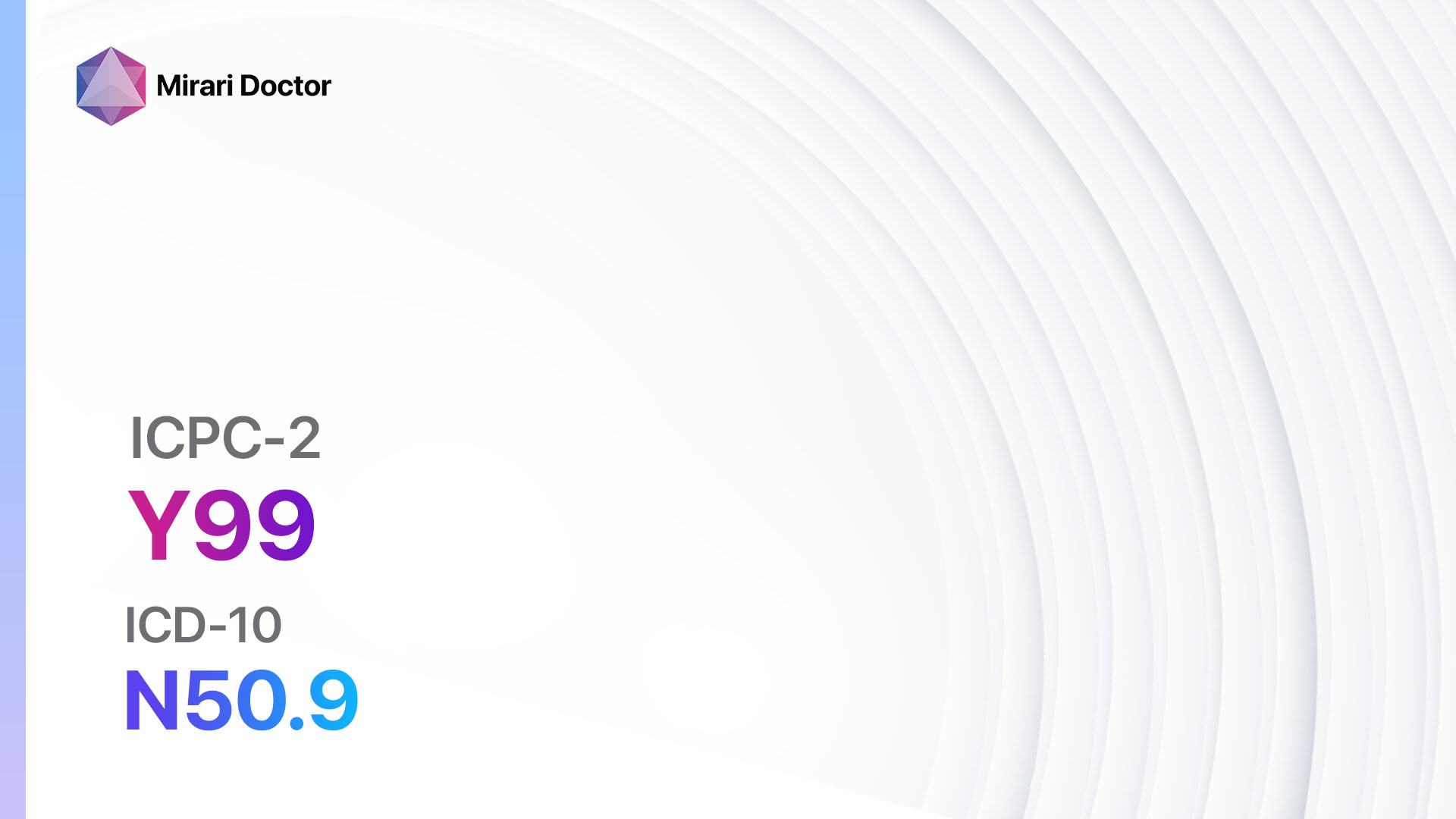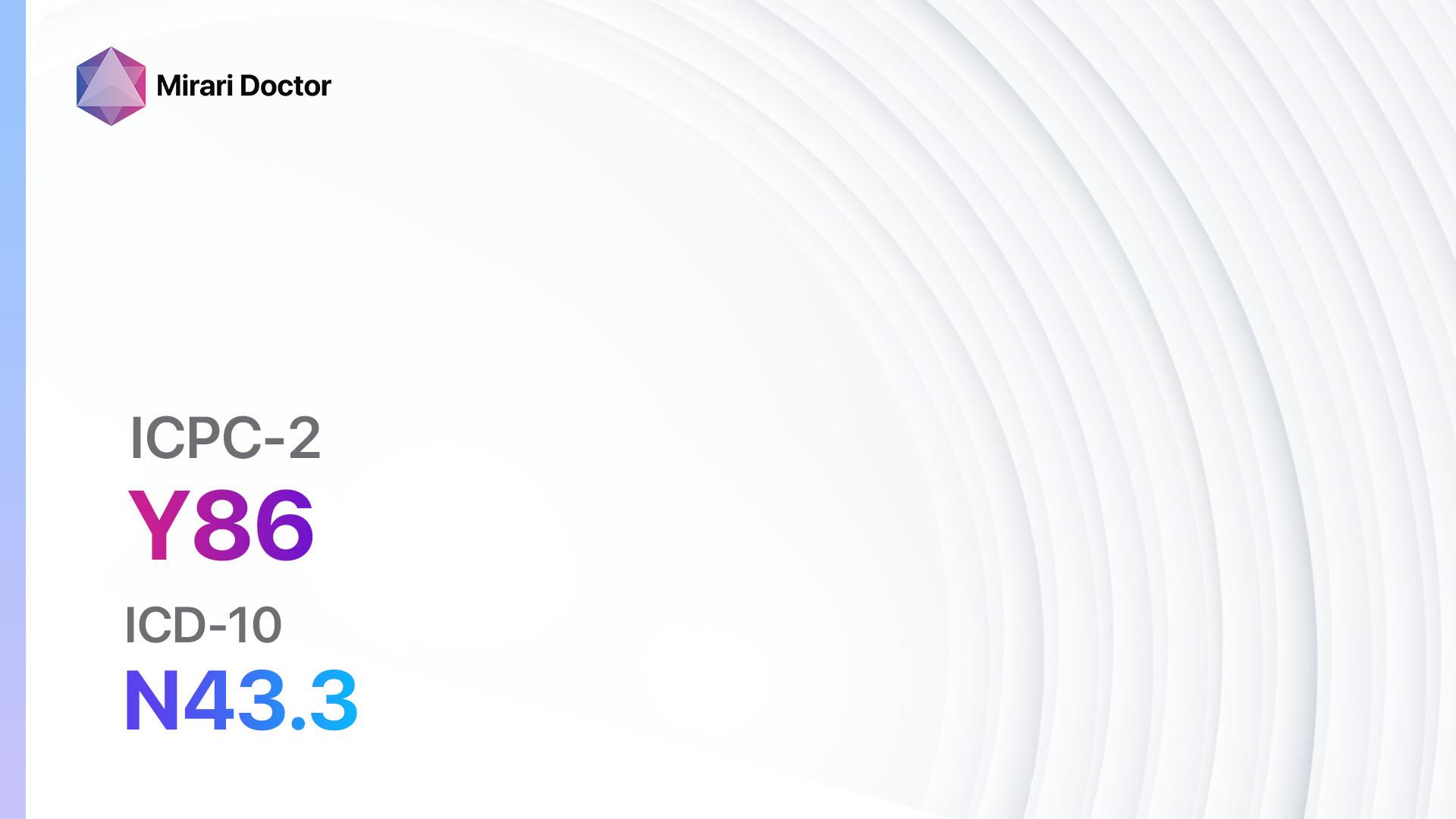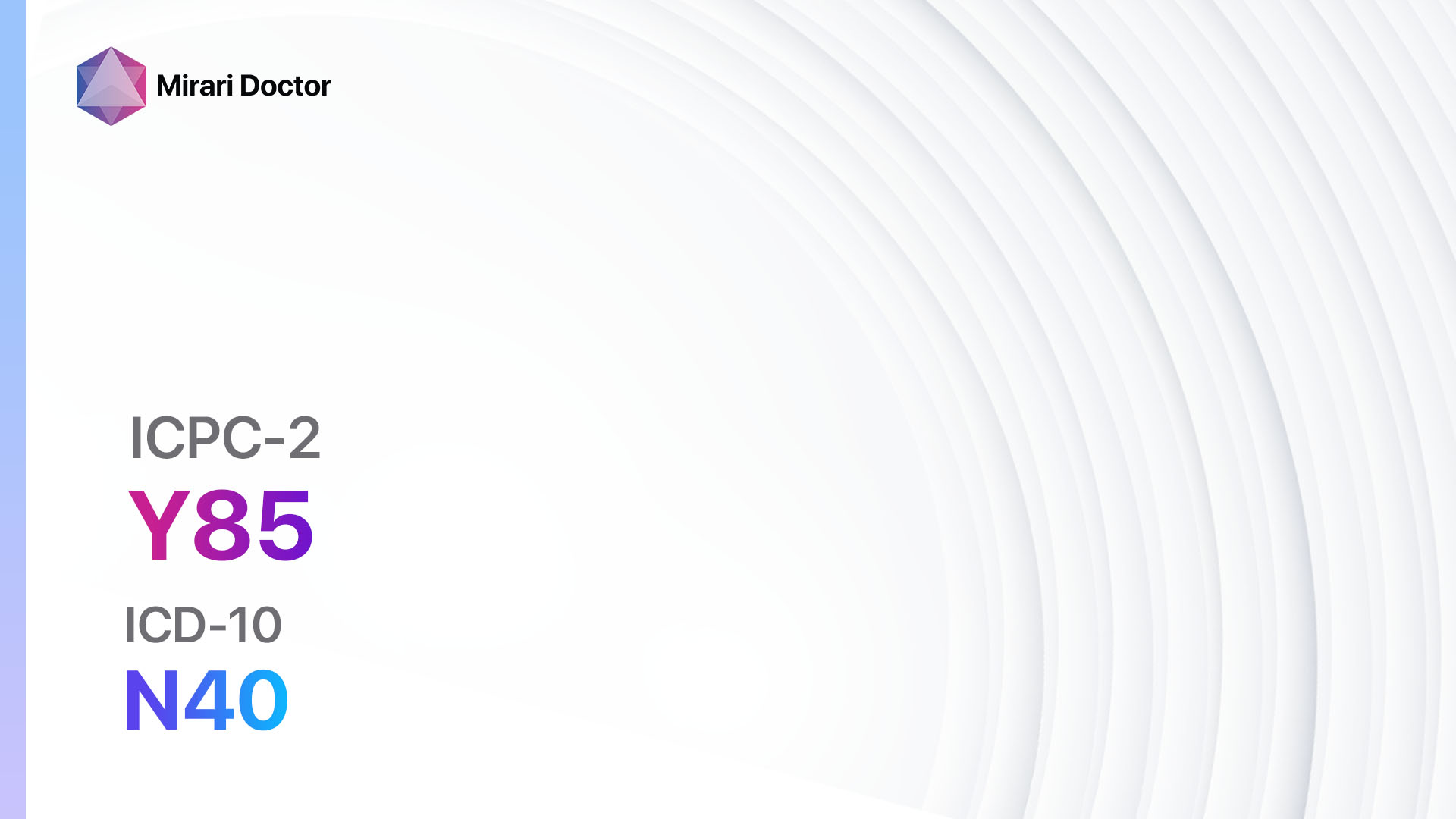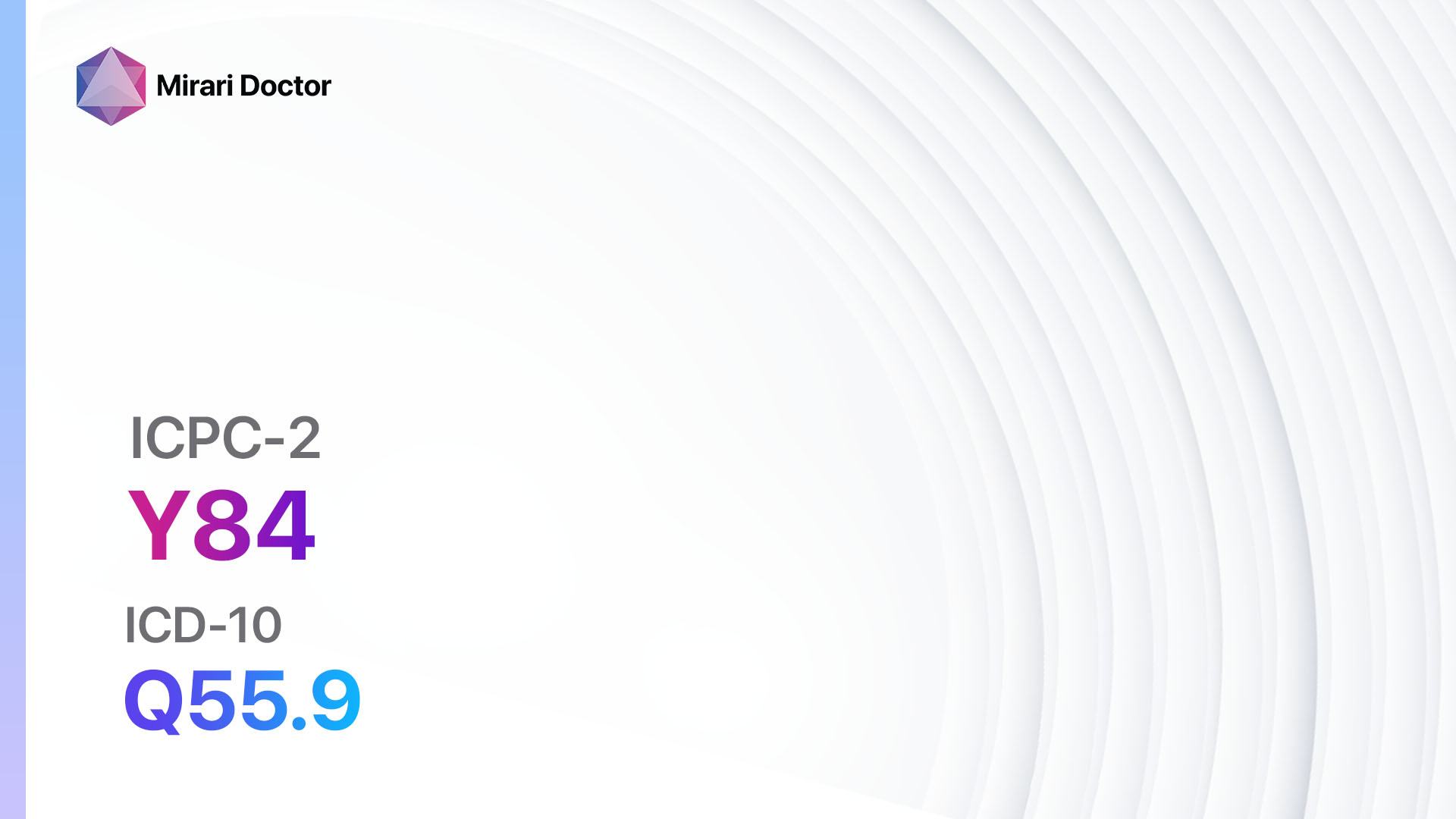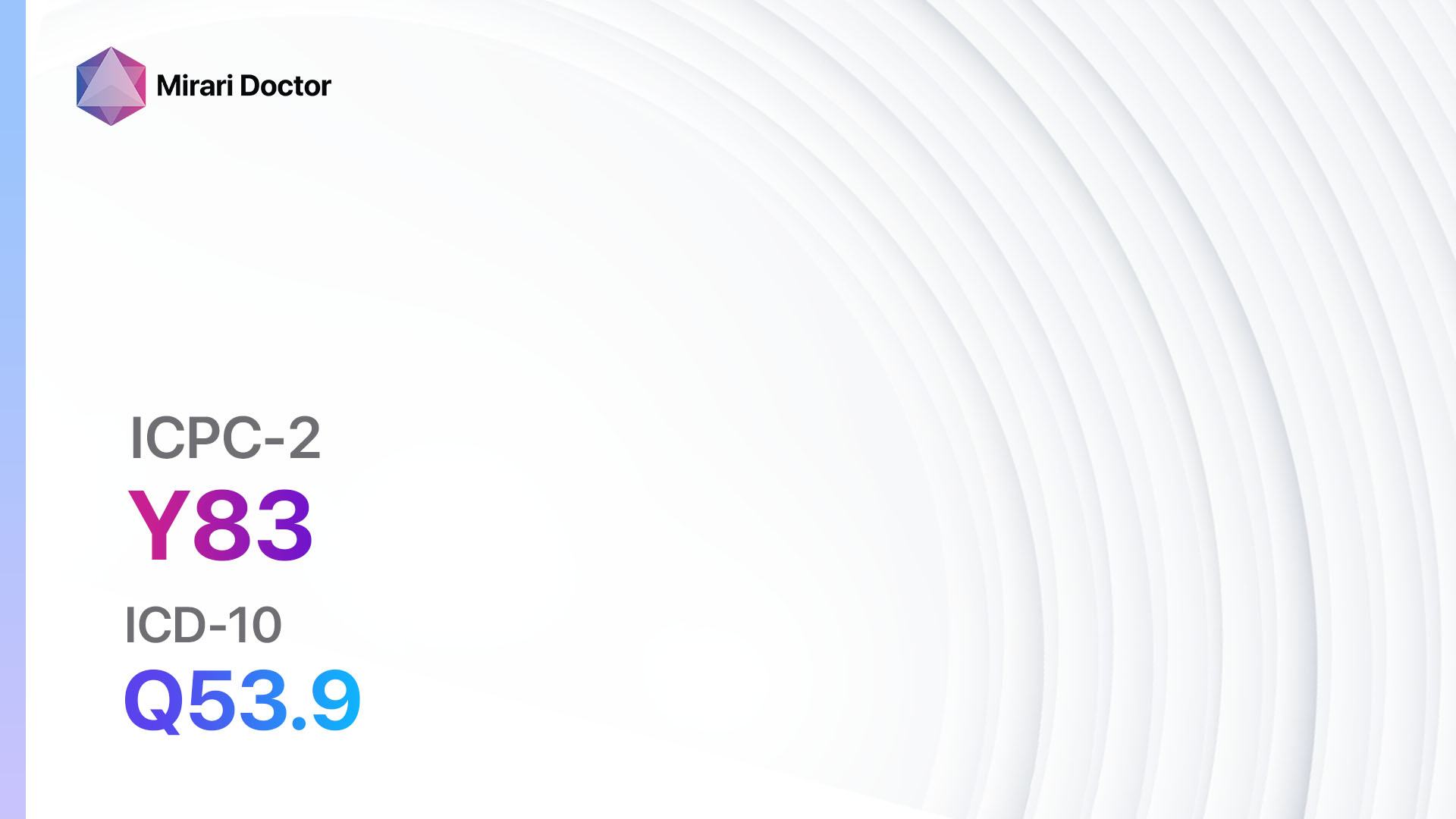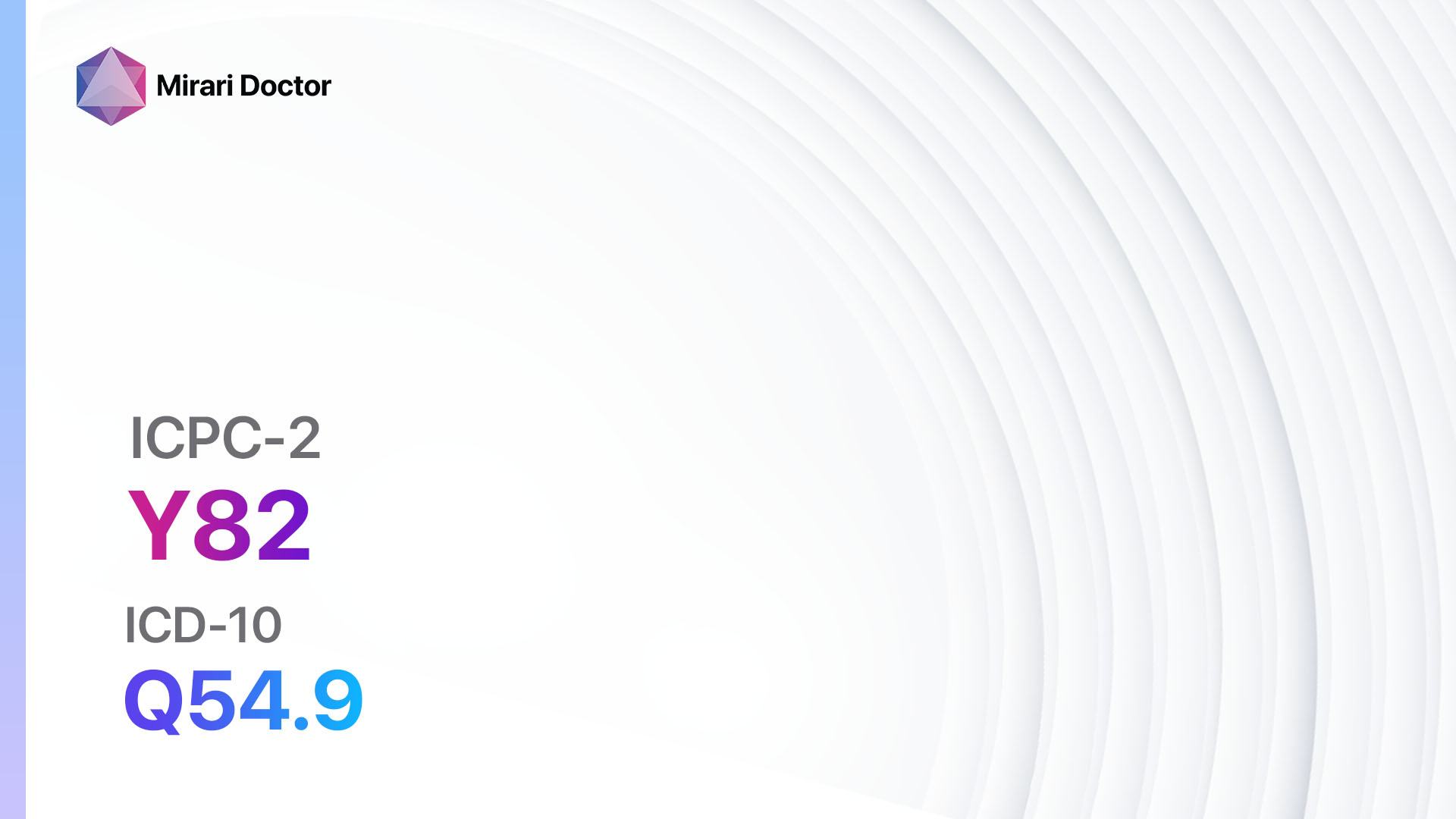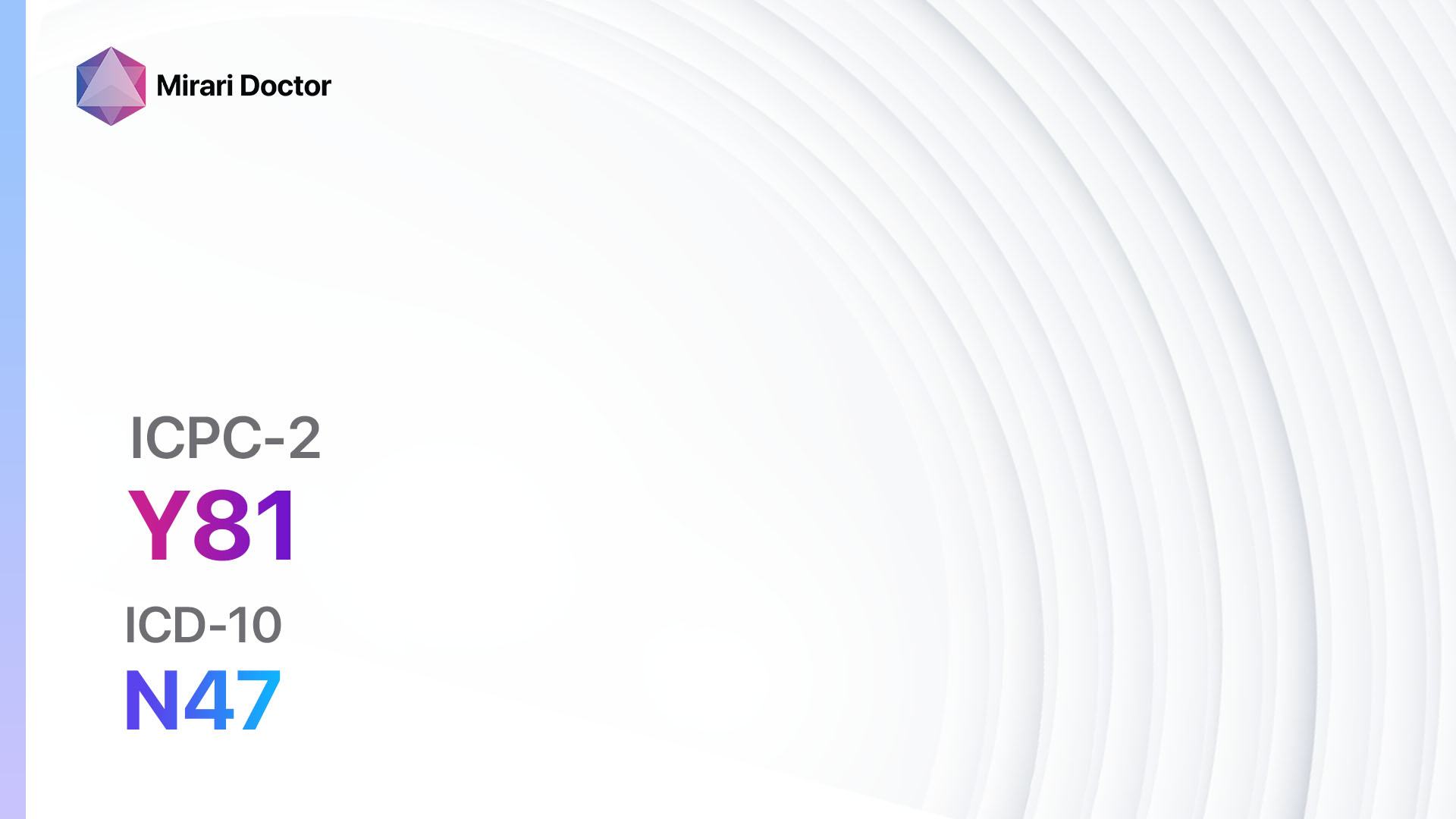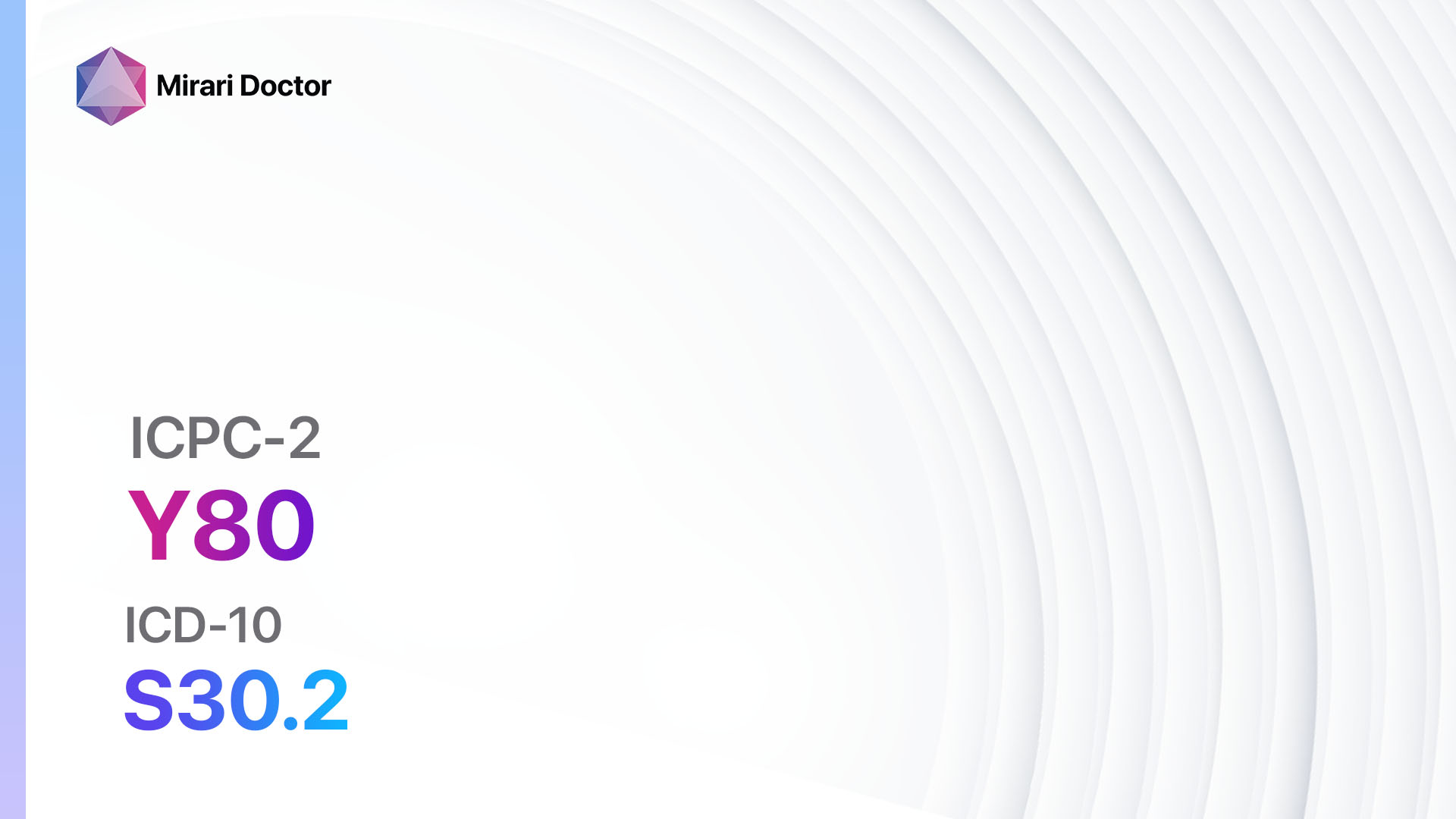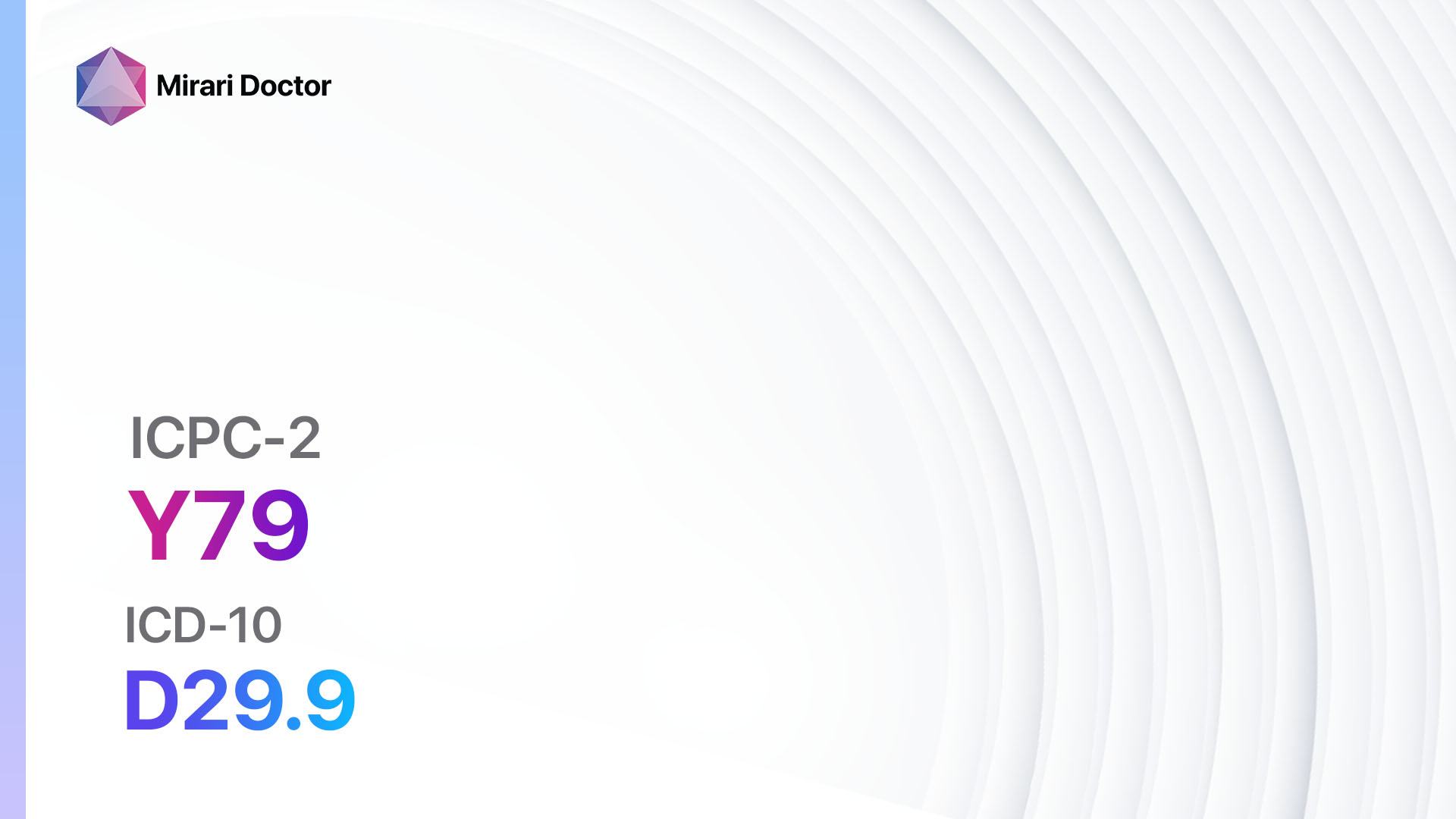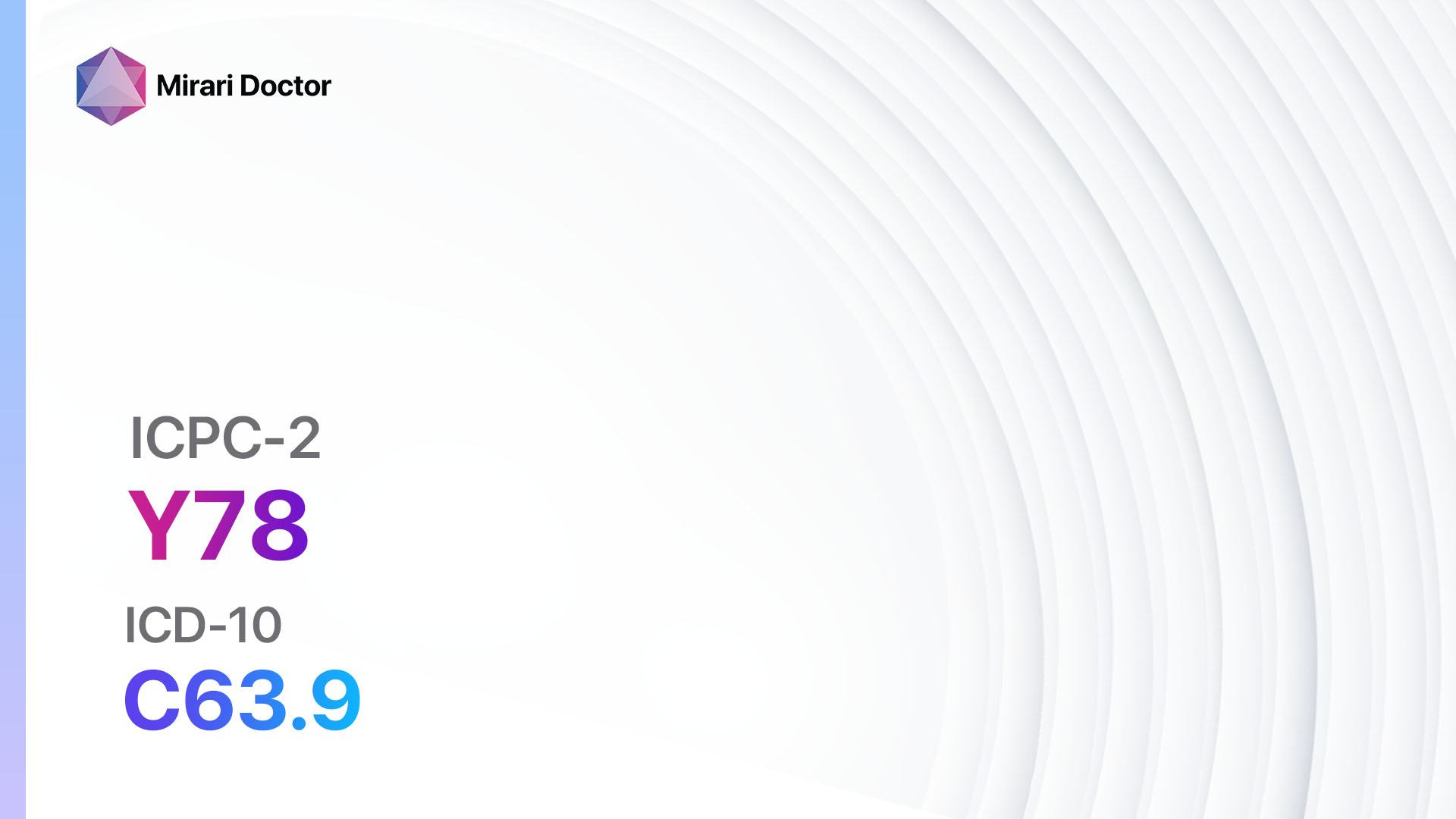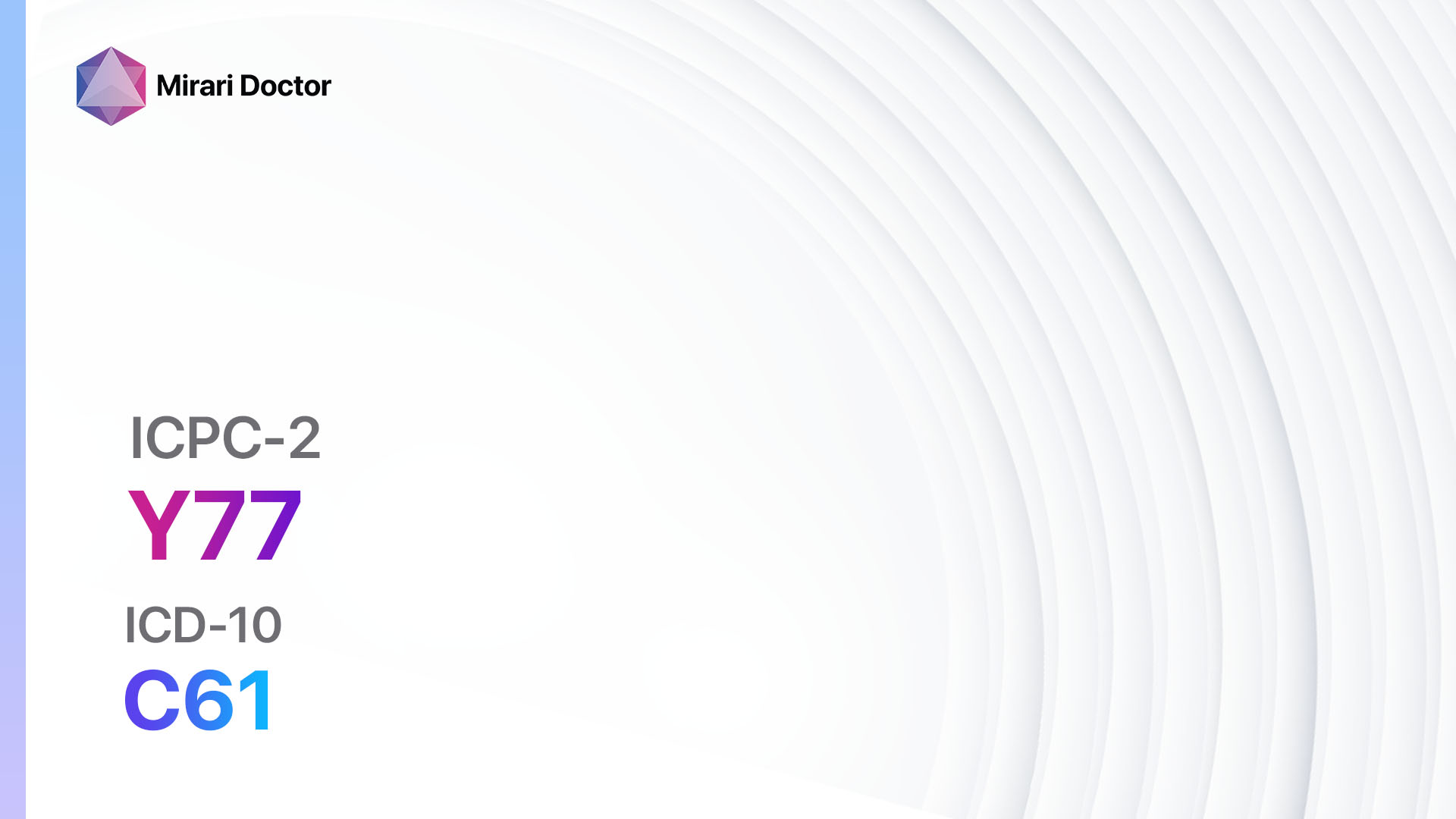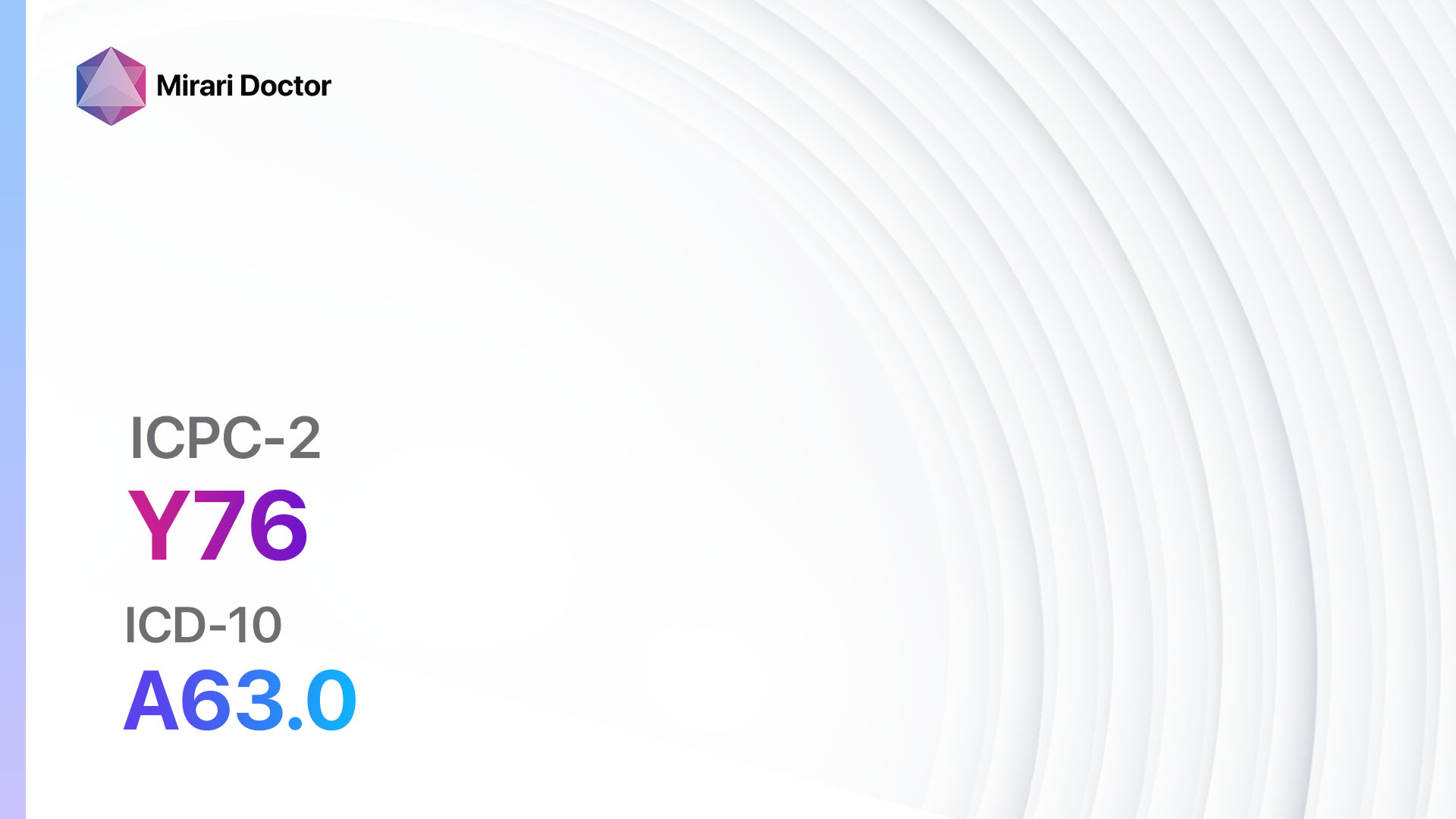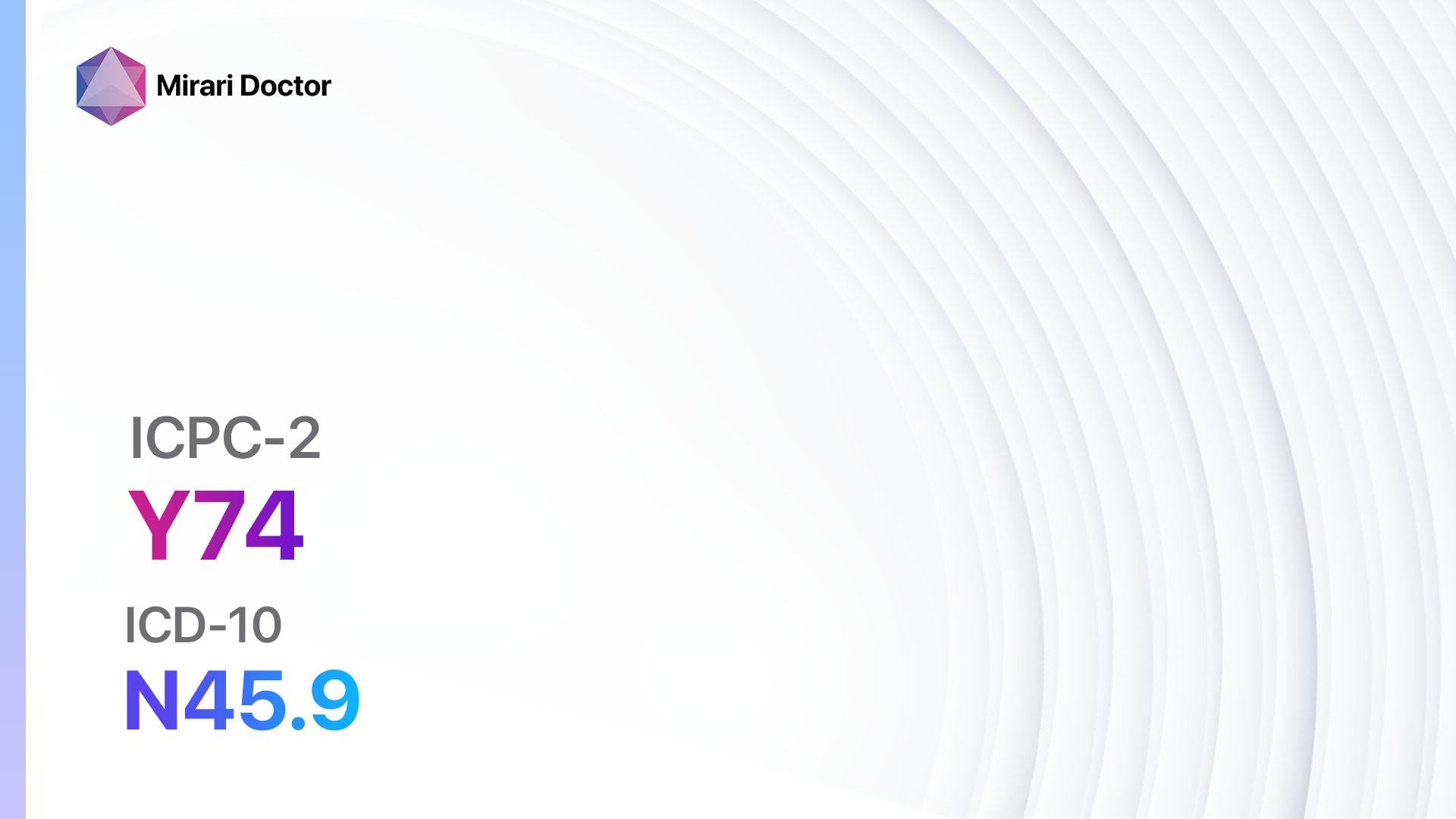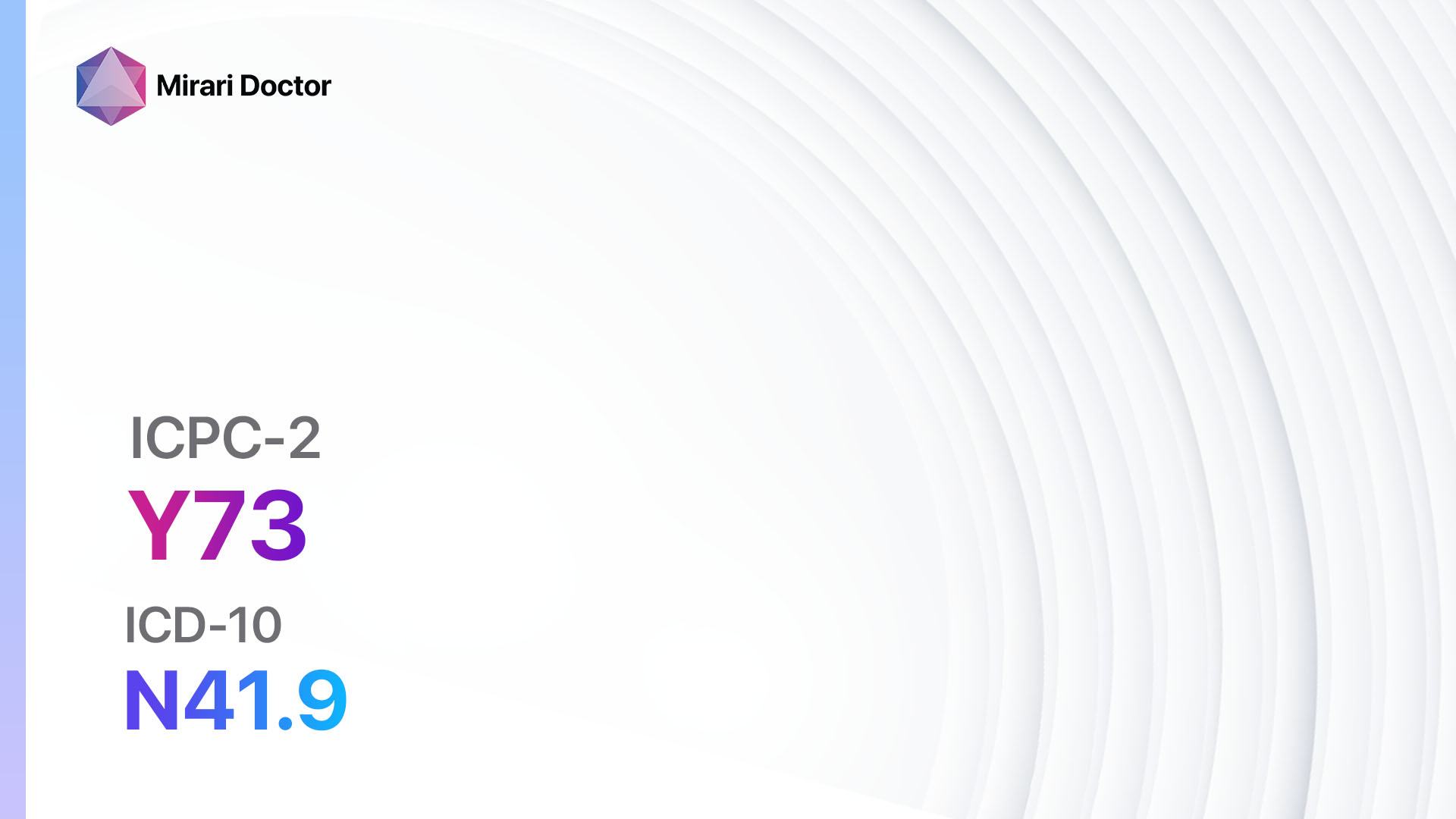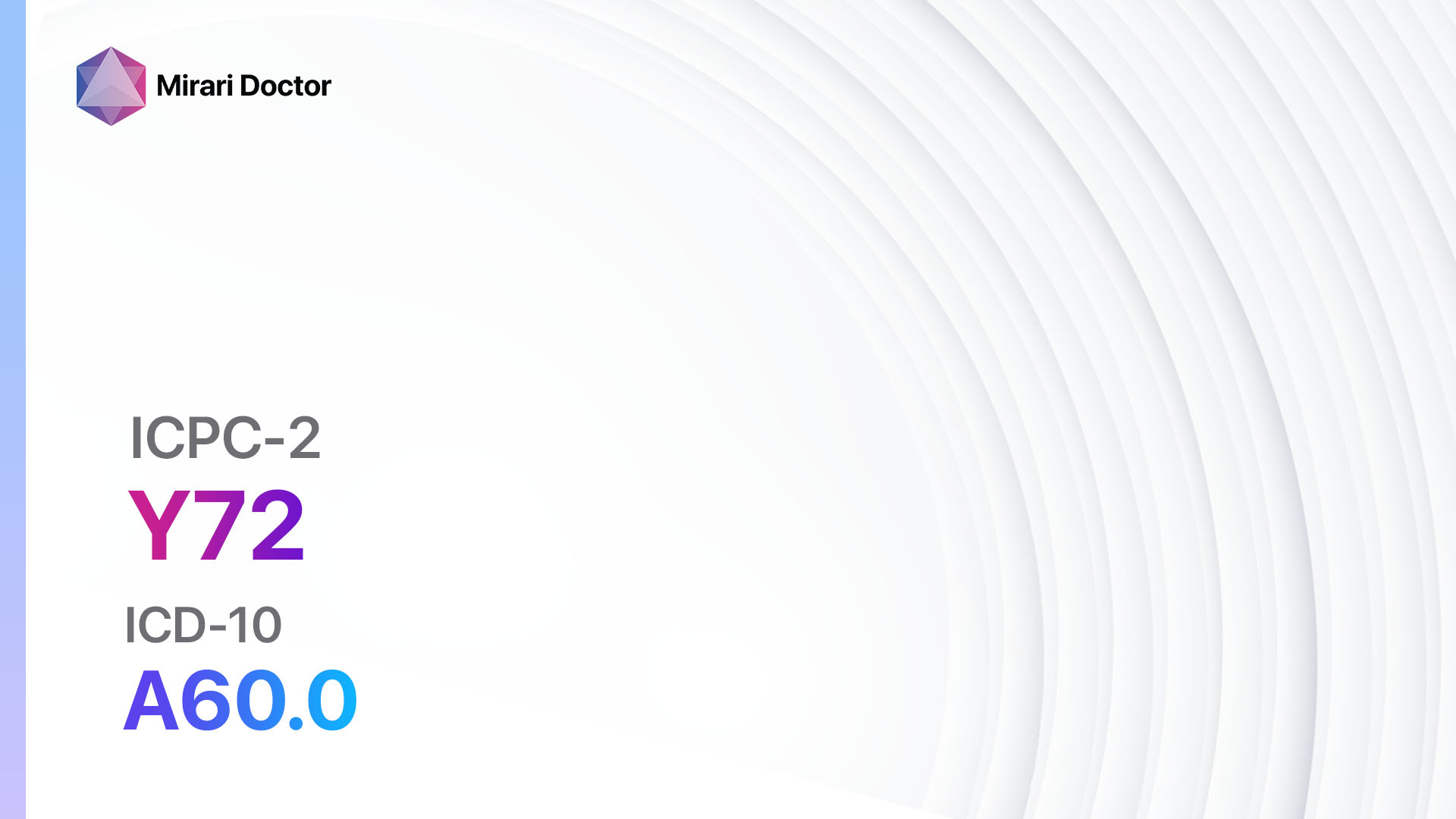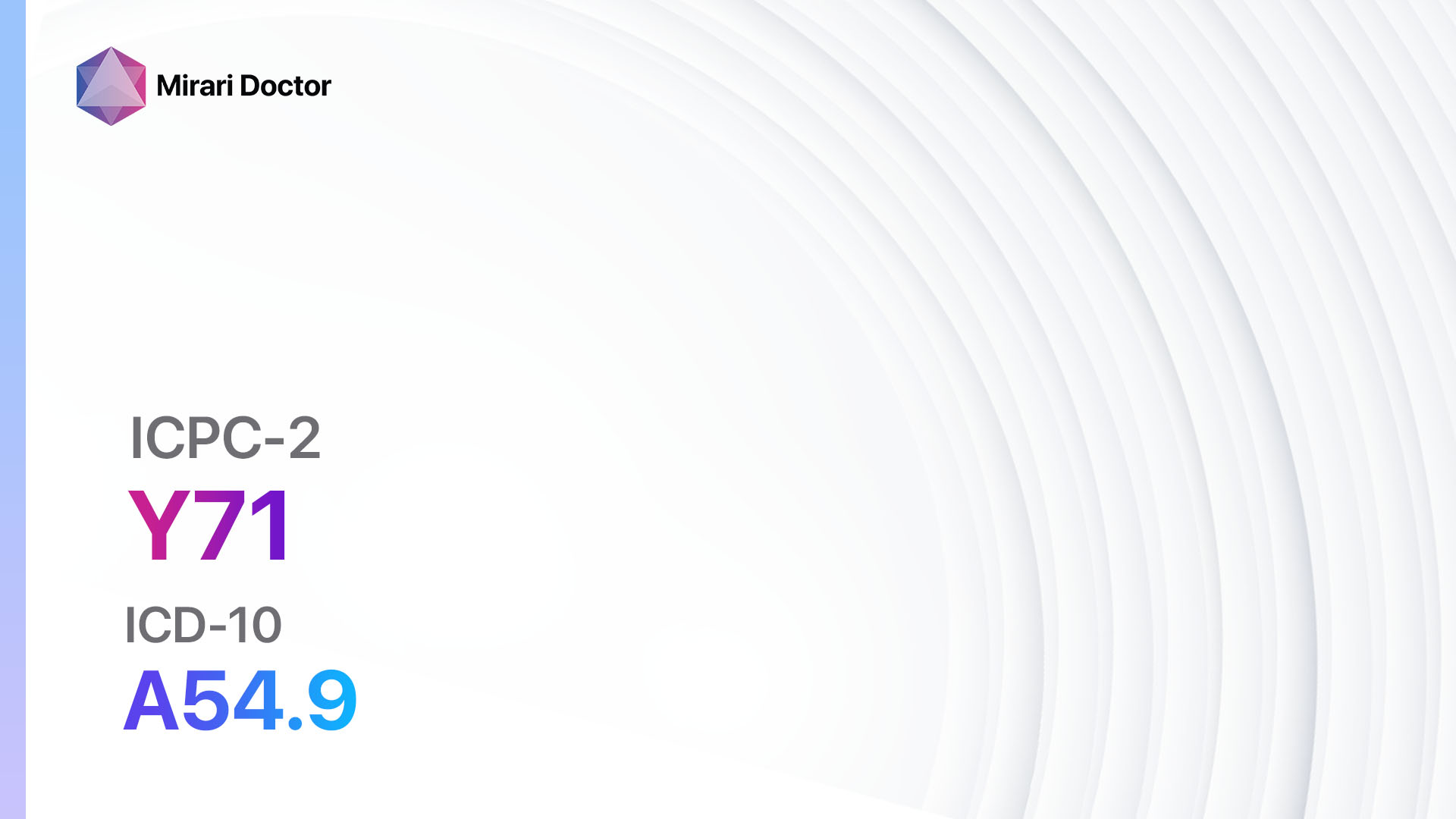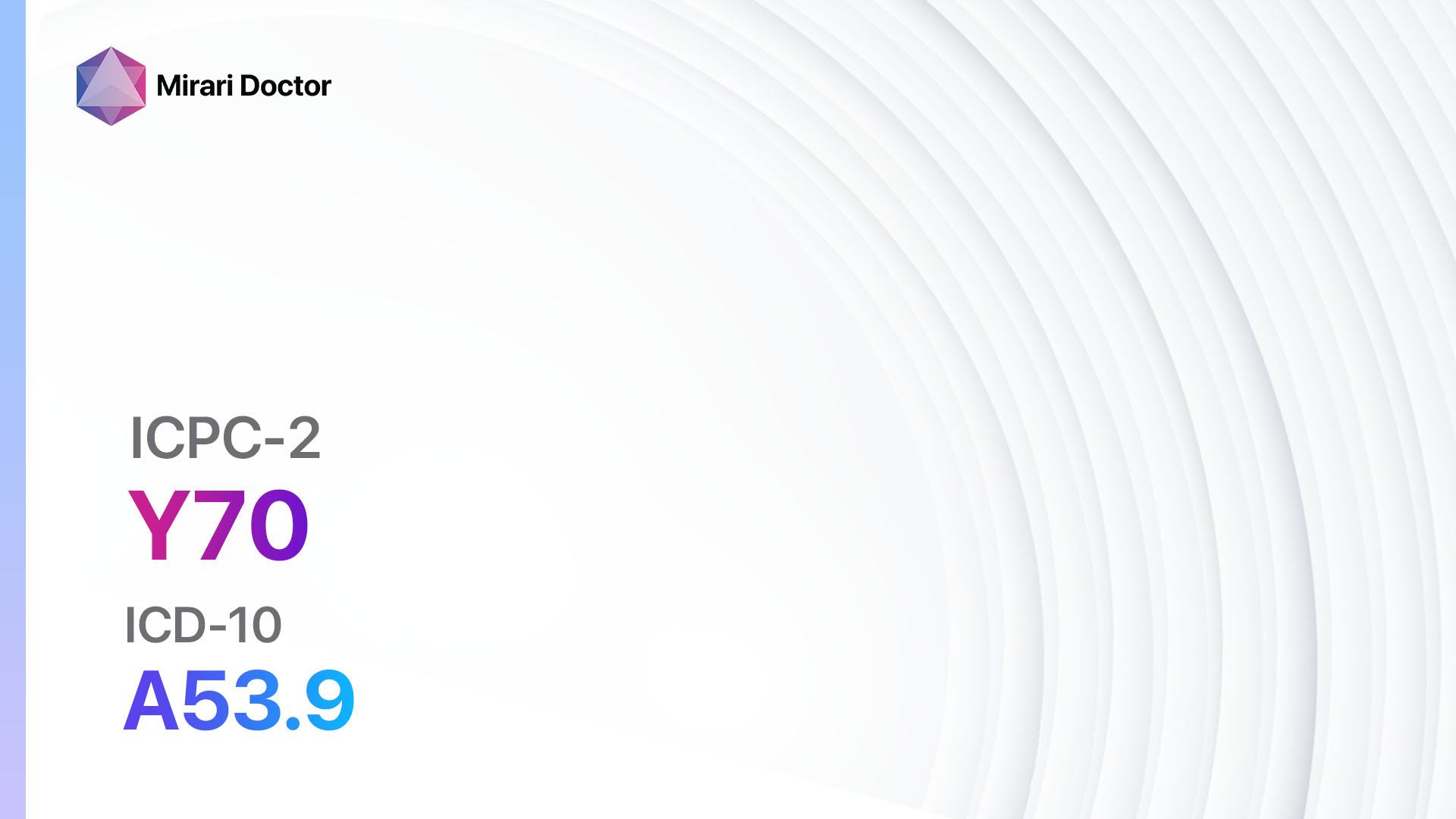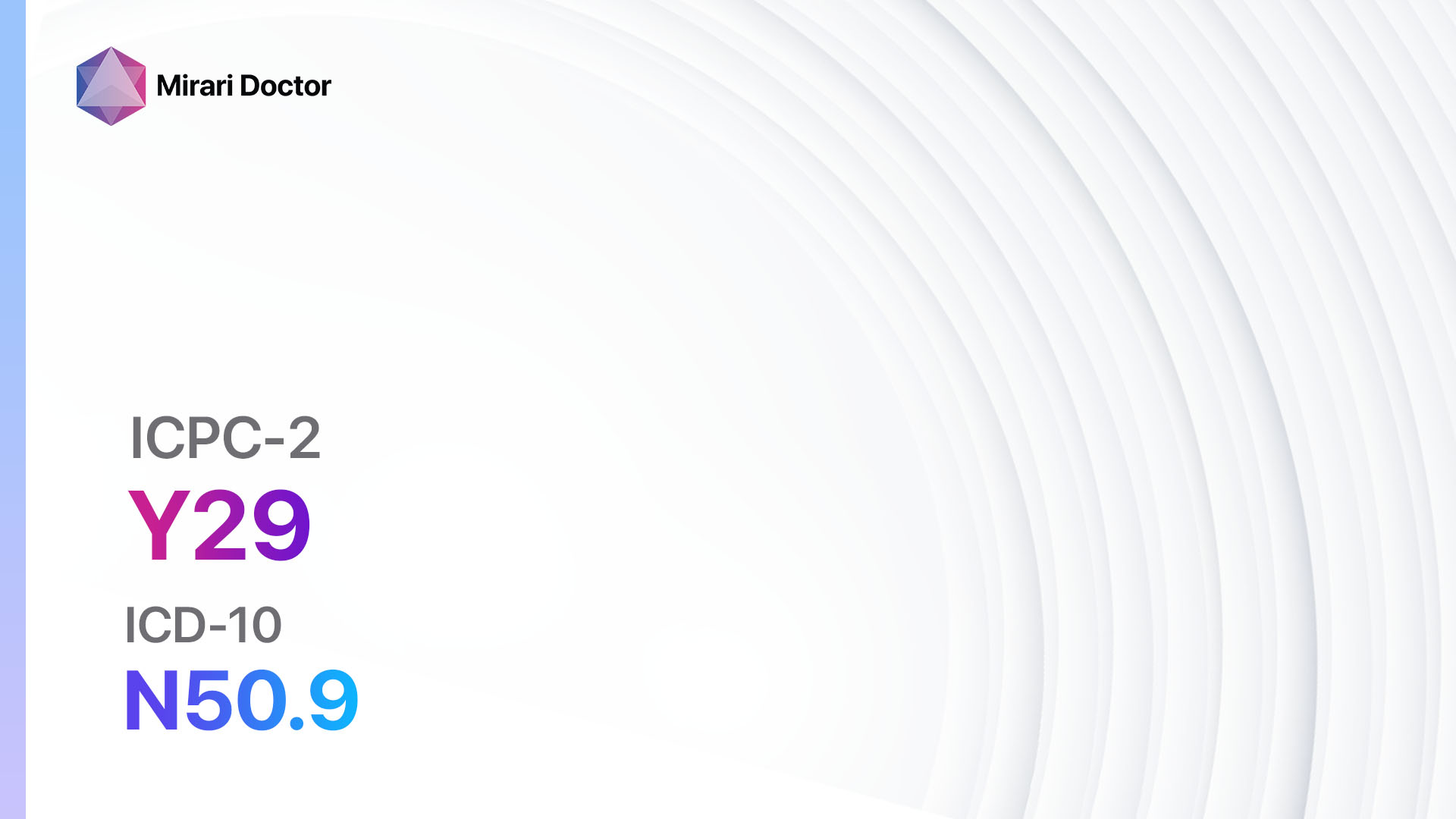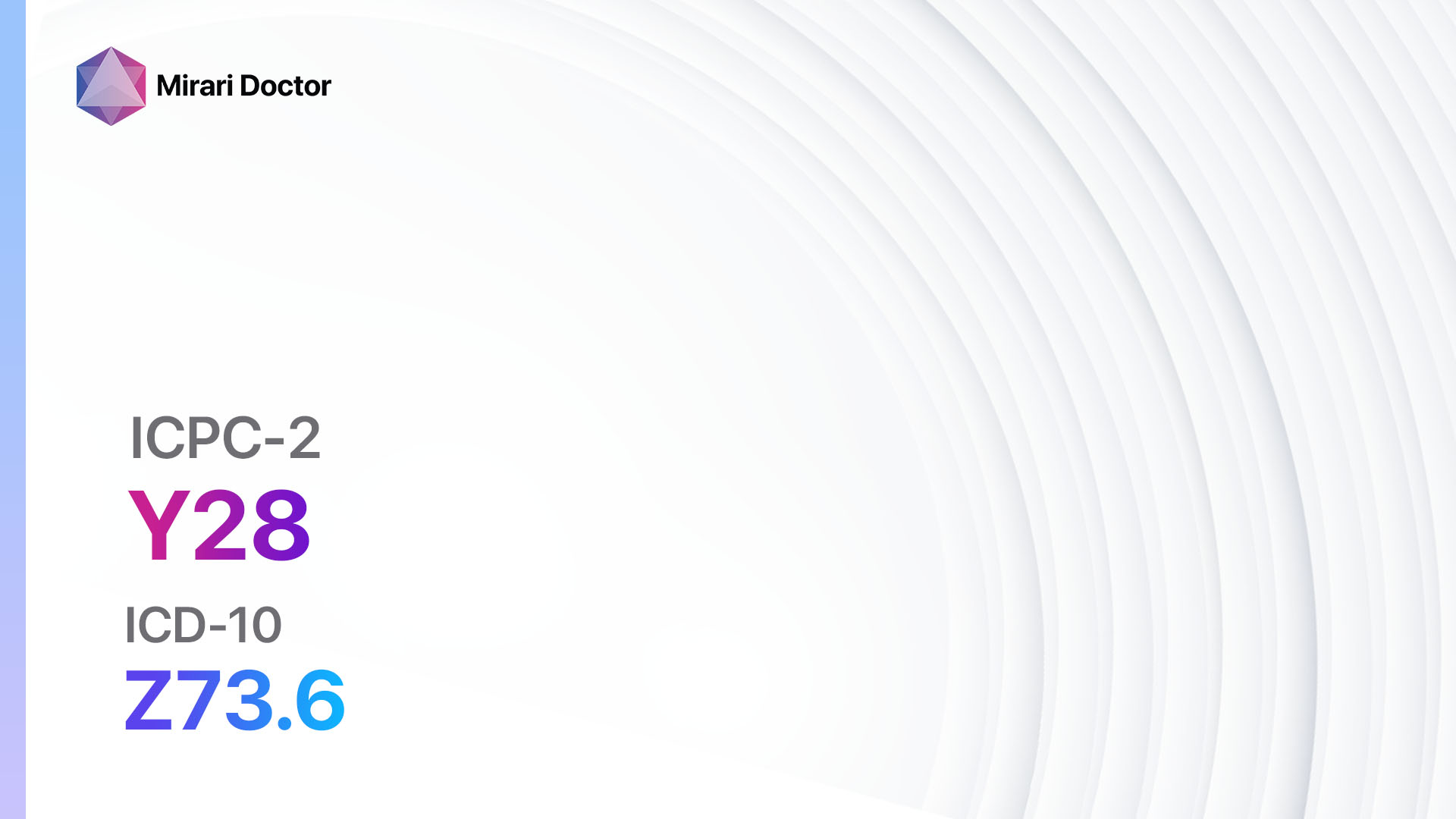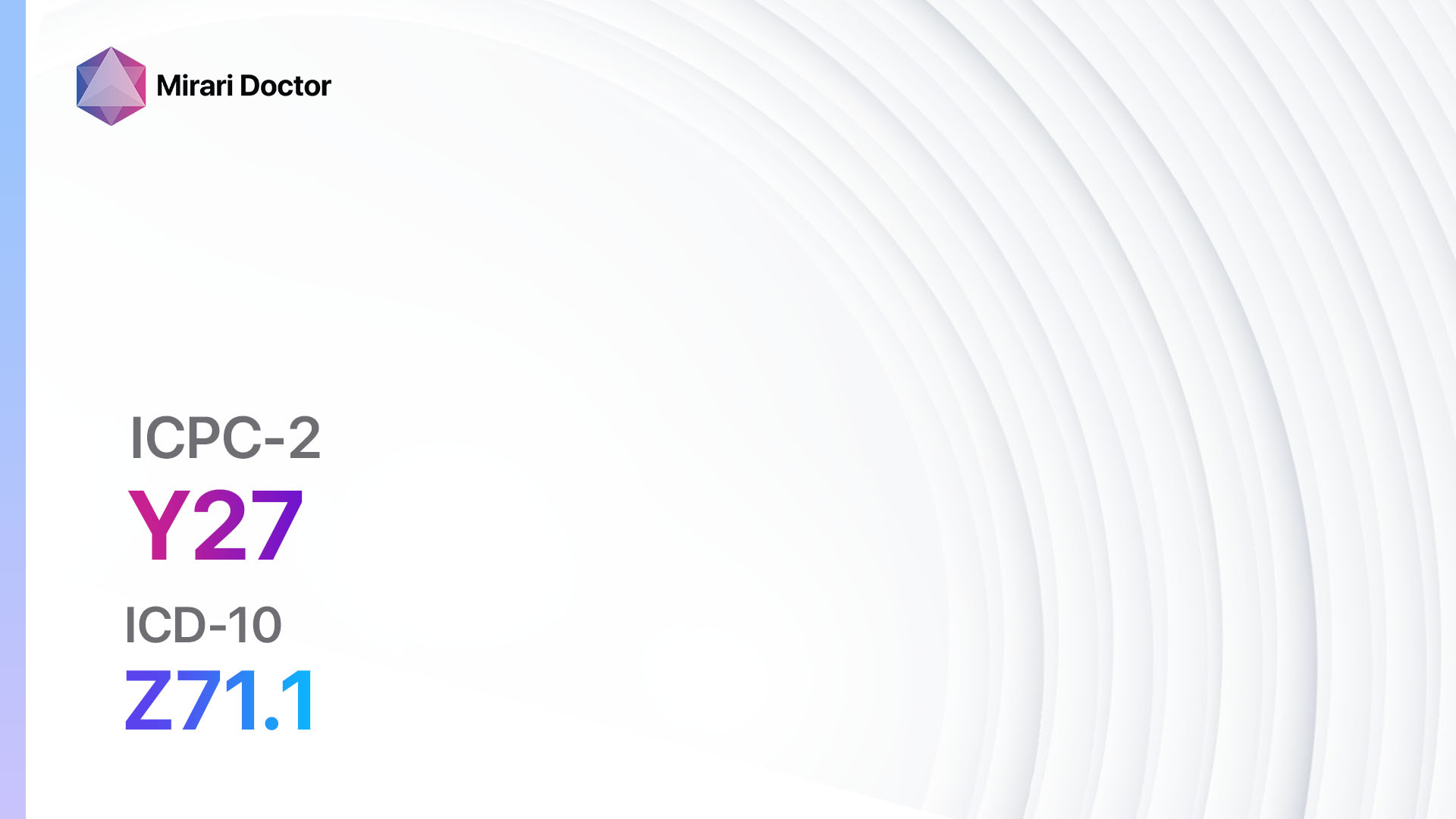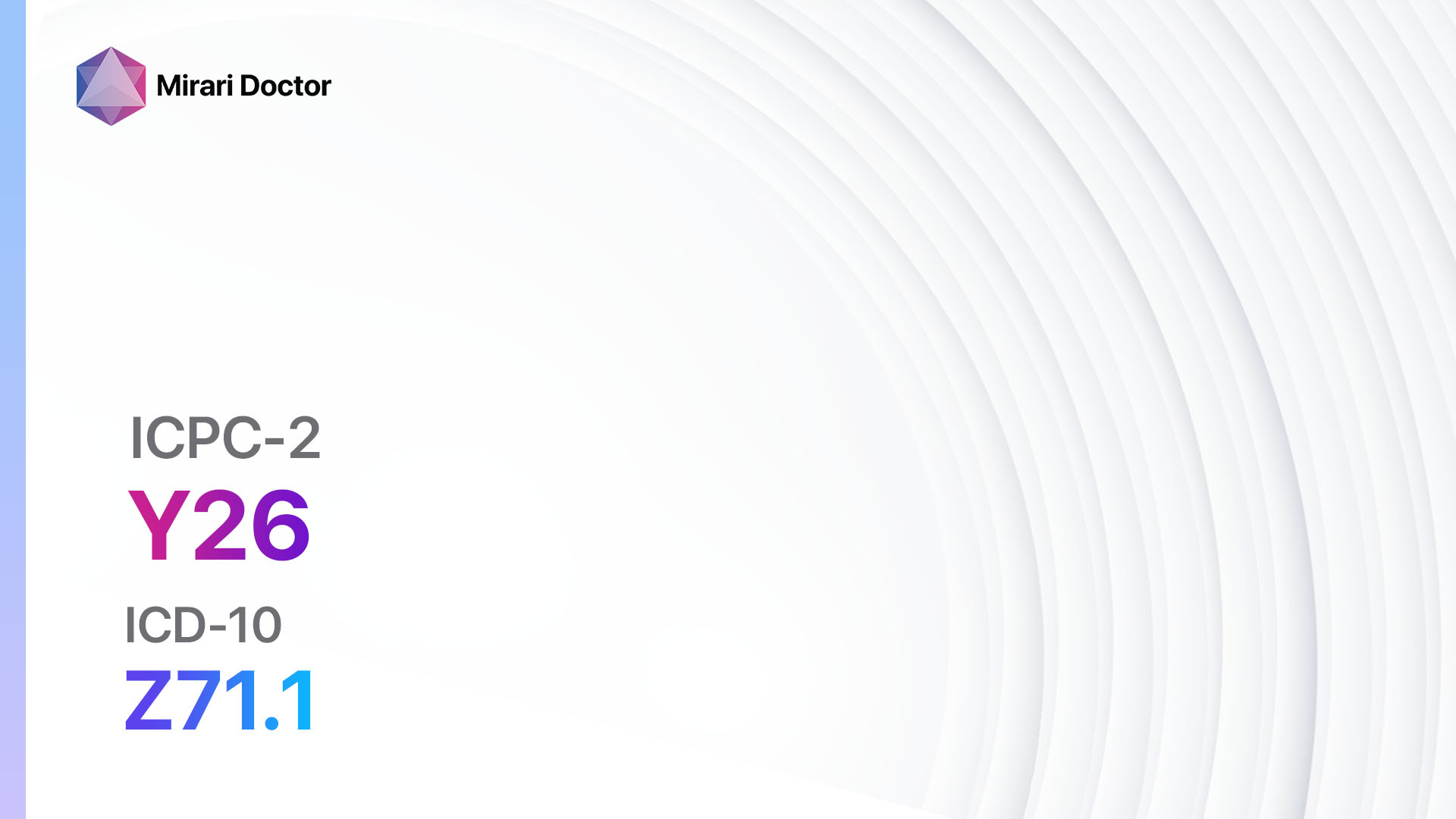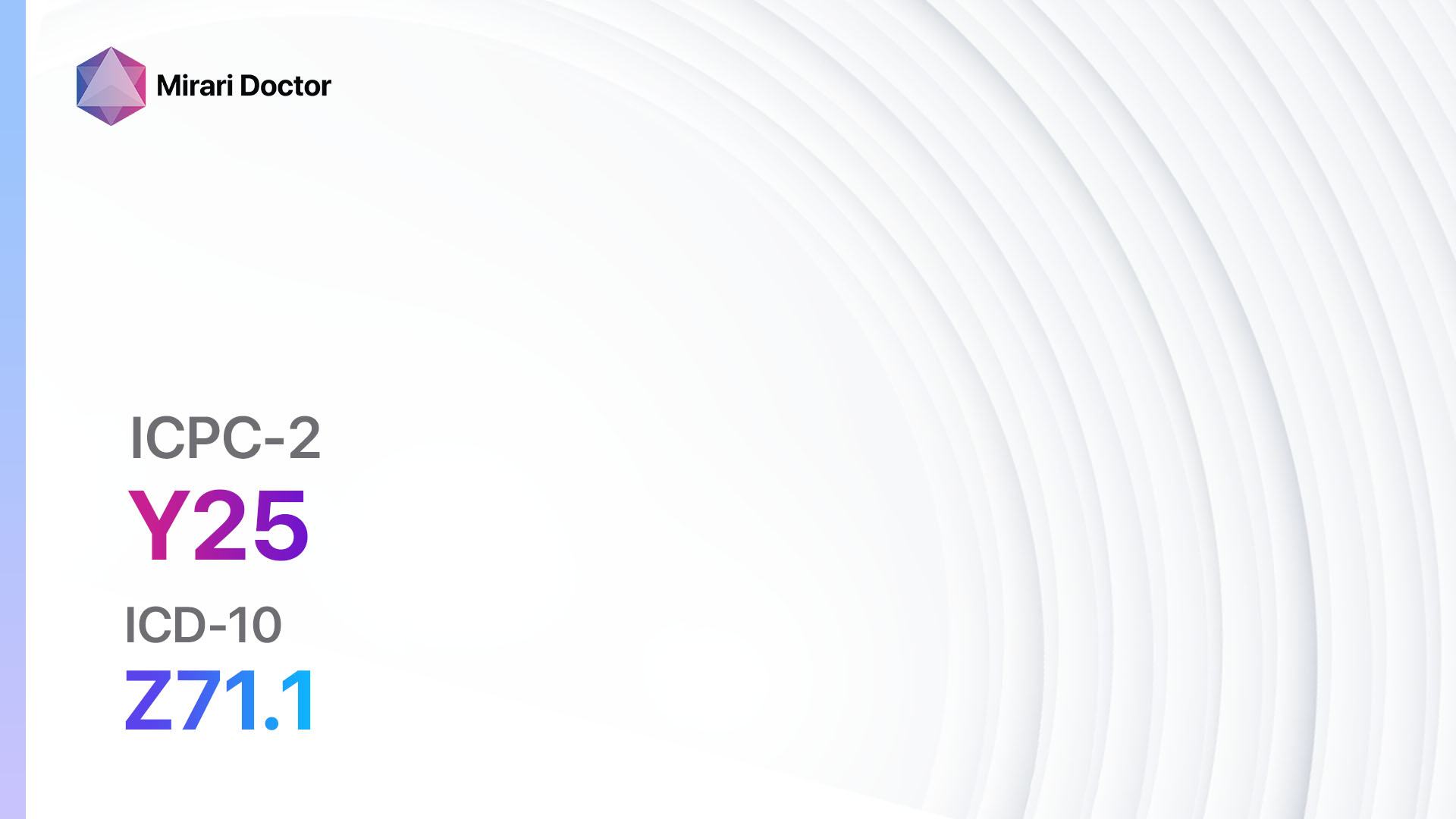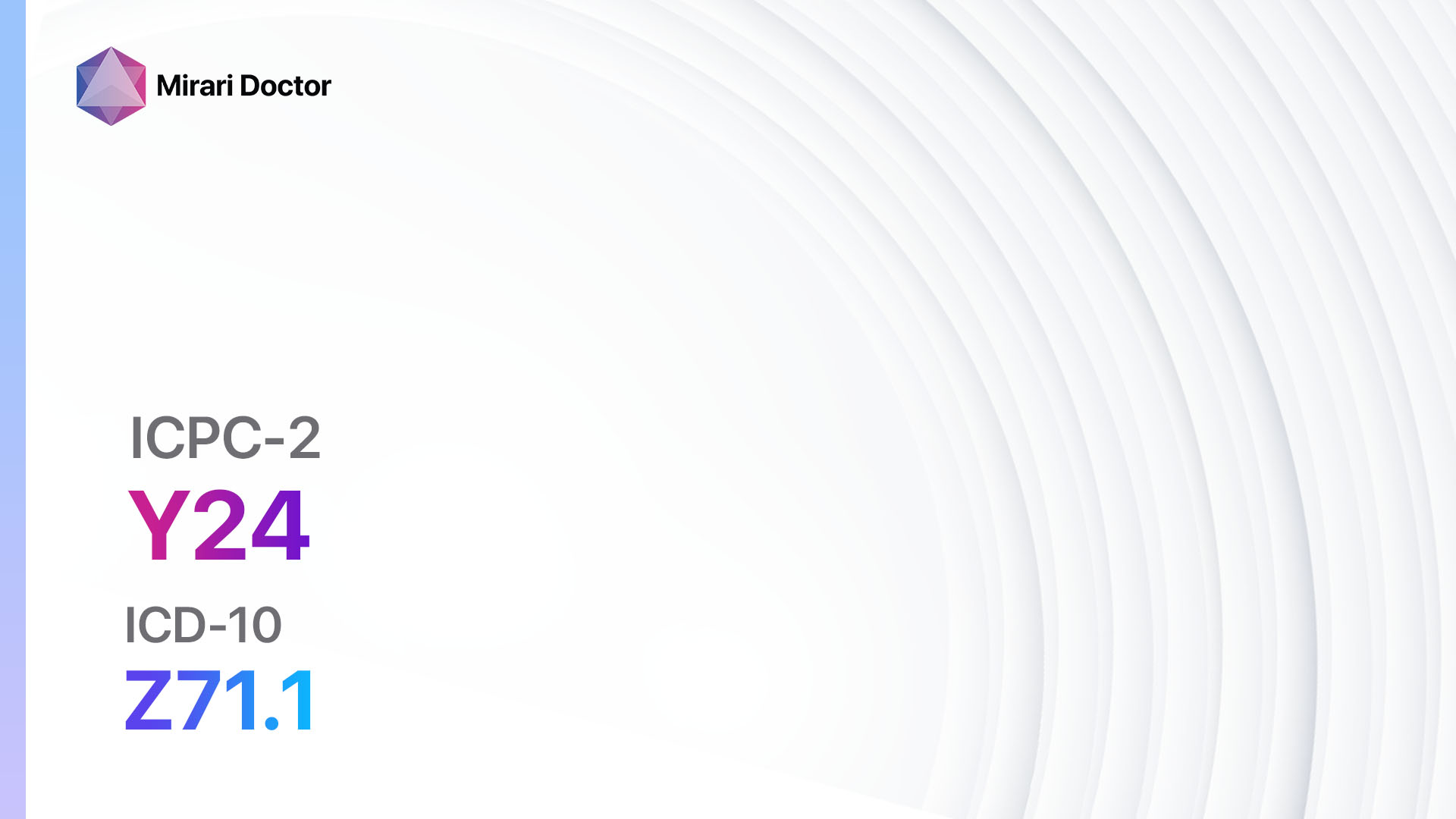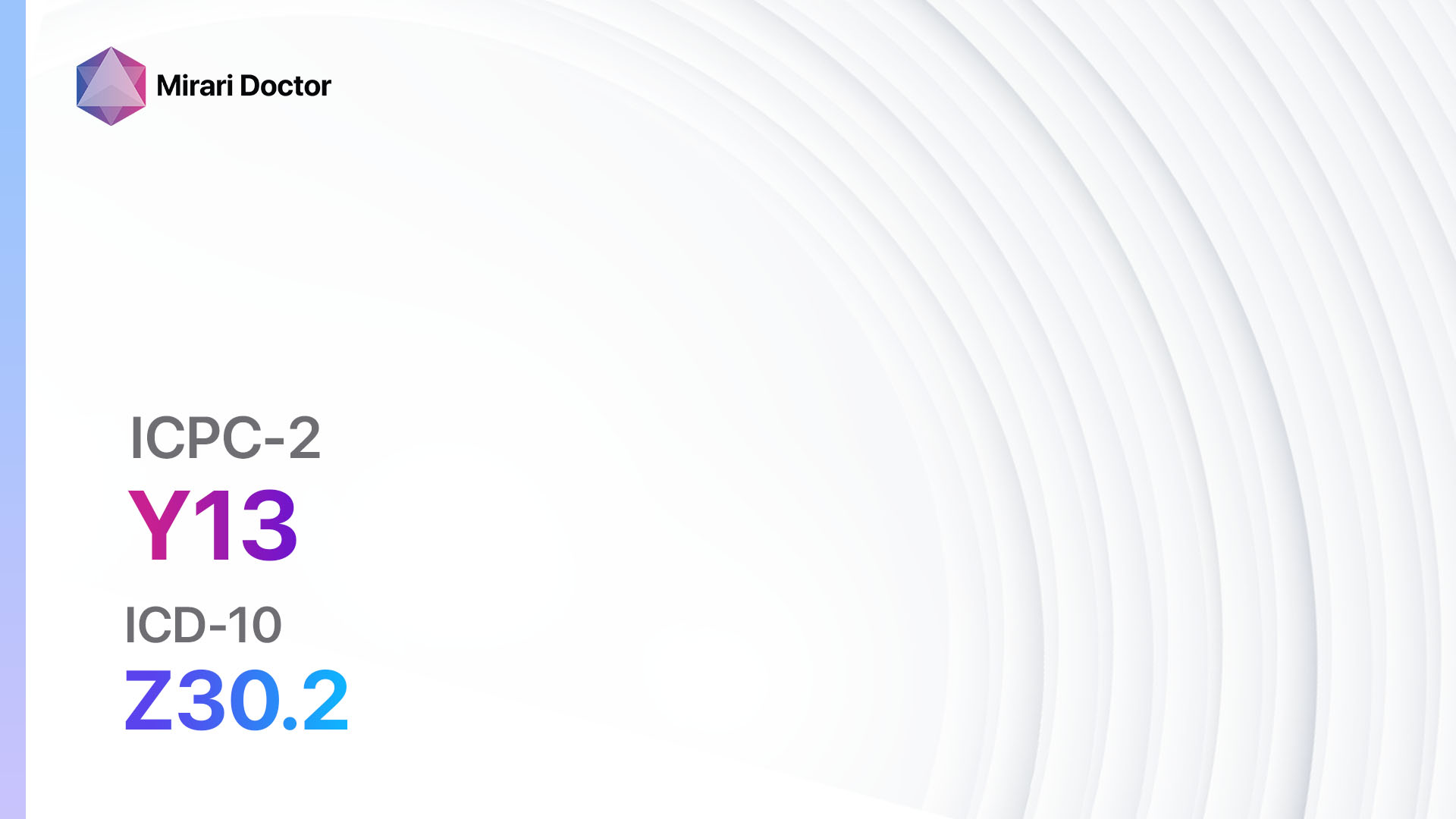
Introduction
Sterilization male, also known as vasectomy, is a surgical procedure that involves cutting or blocking the vas deferens, the tubes that carry sperm from the testicles to the urethra. This procedure is considered a permanent form of contraception and is highly effective in preventing pregnancy[1]. The aim of this guide is to provide an overview of the symptoms, causes, diagnostic steps, possible interventions, and follow-up care for this procedure.
Codes
Symptoms
- No specific symptoms are associated with sterilization male, as it is a voluntary surgical procedure performed for contraception purposes[4].
Causes
- The main cause of sterilization male is the intentional disruption of the vas deferens, which prevents sperm from reaching the semen ejaculated during sexual intercourse[5].
Diagnostic Steps
Medical History
- Obtain a detailed medical history, including information about the patient’s reproductive health, previous contraceptive methods used, and desire for future fertility[6].
Physical Examination
- Perform a physical examination to assess the patient’s overall health and suitability for the procedure. This may include evaluating the genital area, assessing vital signs, and checking for any signs of infection or inflammation[7].
Laboratory Tests
- No specific laboratory tests are required for the diagnosis of sterilization male[8].
Diagnostic Imaging
- No diagnostic imaging studies are necessary for the diagnosis of sterilization male[9].
Other Tests
- No other diagnostic tests are needed for the diagnosis of sterilization male[10].
Follow-up and Patient Education
- Schedule a follow-up appointment to monitor the patient’s recovery and discuss any concerns or complications that may arise.
- Provide appropriate patient education regarding post-operative care, potential side effects, and the permanence of the procedure.
Possible Interventions
Traditional Interventions
Surgical Procedure: Vasectomy
- Vasectomy is a surgical procedure that involves cutting or blocking the vas deferens, the tubes that carry sperm from the testicles to the urethra.
- The procedure can be performed under local anesthesia or general anesthesia, depending on the patient’s preference and the surgeon’s recommendation.
- The surgeon makes one or two small incisions in the scrotum and either cuts and seals the vas deferens or blocks them with clips or sutures.
- The procedure is typically performed on an outpatient basis and takes about 15-30 minutes.
- Recovery time is relatively short, with most patients able to resume normal activities within a few days.
- Vasectomy is considered a permanent form of contraception, but it may take several months or ejaculations to clear any remaining sperm from the vas deferens. Therefore, alternative forms of contraception should be used until a follow-up semen analysis confirms the absence of sperm.
Medications:
Top 5 drugs for Sterilization male:
- Ibuprofen:
- Cost: Generic versions can be $3-$10/month.
- Contraindications: History of gastrointestinal bleeding, hypersensitivity to NSAIDs.
- Side effects: Upset stomach, heartburn.
- Severe side effects: Allergic reactions, kidney problems.
- Drug interactions: Aspirin, anticoagulants.
- Warning: Long-term use may increase the risk of heart attack or stroke.
- Acetaminophen:
- Cost: Generic versions can be $3-$10/month.
- Contraindications: Severe liver disease, hypersensitivity to acetaminophen.
- Side effects: Rare, but may include rash or allergic reaction.
- Severe side effects: Liver damage (rare).
- Drug interactions: Warfarin, alcohol.
- Warning: High doses or prolonged use may cause liver damage.
- Opioid analgesics (e.g., Oxycodone, Hydrocodone):
- Cost: Generic versions can be $10-$50/month.
- Contraindications: Respiratory depression, hypersensitivity to opioids.
- Side effects: Drowsiness, constipation.
- Severe side effects: Respiratory depression, addiction.
- Drug interactions: Benzodiazepines, alcohol.
- Warning: May cause physical or psychological dependence.
- Antibiotics (e.g., Ciprofloxacin, Trimethoprim/sulfamethoxazole):
- Cost: Generic versions can be $3-$20/month.
- Contraindications: Hypersensitivity to antibiotics, certain medical conditions.
- Side effects: Nausea, diarrhea.
- Severe side effects: Allergic reactions, tendon rupture (with fluoroquinolones).
- Drug interactions: Warfarin, antacids.
- Warning: Use only when necessary to avoid antibiotic resistance.
- Anti-inflammatory creams (e.g., Hydrocortisone, Lidocaine):
- Cost: Generic versions can be $5-$20/month.
- Contraindications: Hypersensitivity to topical corticosteroids or local anesthetics.
- Side effects: Skin irritation, burning sensation.
- Severe side effects: Allergic reactions, skin thinning (with prolonged use).
- Drug interactions: None reported.
- Warning: Do not apply to open wounds or broken skin.
Alternative Drugs:
- No alternative drugs are necessary for the procedure of sterilization male.
Surgical Procedures:
- No alternative surgical procedures are necessary for the procedure of sterilization male.
Alternative Interventions
- No alternative interventions are necessary for the procedure of sterilization male.
Lifestyle Interventions
- No lifestyle interventions are necessary for the procedure of sterilization male.
It is important to note that the cost ranges provided are approximate and may vary depending on the location and availability of the interventions.
Mirari Cold Plasma Alternative Intervention
Understanding Mirari Cold Plasma
- Safe and Non-Invasive Treatment: Mirari Cold Plasma is a safe and non-invasive treatment option for various skin conditions. It does not require incisions, minimizing the risk of scarring, bleeding, or tissue damage.
- Efficient Extraction of Foreign Bodies: Mirari Cold Plasma facilitates the removal of foreign bodies from the skin by degrading and dissociating organic matter, allowing easier access and extraction.
- Pain Reduction and Comfort: Mirari Cold Plasma has a local analgesic effect, providing pain relief during the treatment, making it more comfortable for the patient.
- Reduced Risk of Infection: Mirari Cold Plasma has antimicrobial properties, effectively killing bacteria and reducing the risk of infection.
- Accelerated Healing and Minimal Scarring: Mirari Cold Plasma stimulates wound healing and tissue regeneration, reducing healing time and minimizing the formation of scars.
Mirari Cold Plasma Prescription
Video instructions for using Mirari Cold Plasma Device – Y13 Sterilization male (ICD-10:Z30.2)
| Mild | Moderate | Severe |
| Mode setting: 1 (Infection) Location: 0 (Localized) Morning: 15 minutes, Evening: 15 minutes |
Mode setting: 1 (Infection) Location: 0 (Localized) Morning: 30 minutes, Lunch: 30 minutes, Evening: 30 minutes |
Mode setting: 1 (Infection) Location: 0 (Localized) Morning: 30 minutes, Lunch: 30 minutes, Evening: 30 minutes |
| Mode setting: 2 (Wound Healing) Location: 0 (Localized) Morning: 15 minutes, Evening: 15 minutes |
Mode setting: 2 (Wound Healing) Location: 0 (Localized) Morning: 30 minutes, Lunch: 30 minutes, Evening: 30 minutes |
Mode setting: 2 (Wound Healing) Location: 0 (Localized) Morning: 30 minutes, Lunch: 30 minutes, Evening: 30 minutes |
| Mode setting: 5 (Prostatitis) Location: 2 (Prostate & Uterus) Morning: 15 minutes, Evening: 15 minutes |
Mode setting: 5 (Prostatitis) Location: 2 (Prostate & Uterus) Morning: 30 minutes, Lunch: 30 minutes, Evening: 30 minutes |
Mode setting: 5 (Prostatitis) Location: 2 (Prostate & Uterus) Morning: 30 minutes, Lunch: 30 minutes, Evening: 30 minutes |
| Total Morning: 45 minutes approx. $7.50 USD, Evening: 45 minutes approx. $7.50 USD |
Total Morning: 90 minutes approx. $15 USD, Lunch: 90 minutes approx. $15 USD, Evening: 90 minutes approx. $15 USD, |
Total Morning: 90 minutes approx. $15 USD, Lunch: 90 minutes approx. $15 USD, Evening: 90 minutes approx. $15 USD, |
| Usual treatment for 7-60 days approx. $105 USD – $900 USD | Usual treatment for 6-8 weeks approx. $1,890 USD – $2,520 USD |
Usual treatment for 3-6 months approx. $4,050 USD – $8,100 USD
|
 |
|
Use the Mirari Cold Plasma device to treat Sterilization male effectively.
WARNING: MIRARI COLD PLASMA IS DESIGNED FOR THE HUMAN BODY WITHOUT ANY ARTIFICIAL OR THIRD PARTY PRODUCTS. USE OF OTHER PRODUCTS IN COMBINATION WITH MIRARI COLD PLASMA MAY CAUSE UNPREDICTABLE EFFECTS, HARM OR INJURY. PLEASE CONSULT A MEDICAL PROFESSIONAL BEFORE COMBINING ANY OTHER PRODUCTS WITH USE OF MIRARI.
Step 1: Cleanse the Skin
- Start by cleaning the affected area of the skin with a gentle cleanser or mild soap and water. Gently pat the area dry with a clean towel.
Step 2: Prepare the Mirari Cold Plasma device
- Ensure that the Mirari Cold Plasma device is fully charged or has fresh batteries as per the manufacturer’s instructions. Make sure the device is clean and in good working condition.
- Switch on the Mirari device using the power button or by following the specific instructions provided with the device.
- Some Mirari devices may have adjustable settings for intensity or treatment duration. Follow the manufacturer’s instructions to select the appropriate settings based on your needs and the recommended guidelines.
Step 3: Apply the Device
- Place the Mirari device in direct contact with the affected area of the skin. Gently glide or hold the device over the skin surface, ensuring even coverage of the area experiencing.
- Slowly move the Mirari device in a circular motion or follow a specific pattern as indicated in the user manual. This helps ensure thorough treatment coverage.
Step 4: Monitor and Assess:
- Keep track of your progress and evaluate the effectiveness of the Mirari device in managing your Sterilization male. If you have any concerns or notice any adverse reactions, consult with your health care professional.
Note
This guide is for informational purposes only and should not replace the advice of a medical professional. Always consult with your healthcare provider or a qualified medical professional for personal advice, diagnosis, or treatment. Do not solely rely on the information presented here for decisions about your health. Use of this information is at your own risk. The authors of this guide, nor any associated entities or platforms, are not responsible for any potential adverse effects or outcomes based on the content.
Mirari Cold Plasma System Disclaimer
- Purpose: The Mirari Cold Plasma System is a Class 2 medical device designed for use by trained healthcare professionals. It is registered for use in Thailand and Vietnam. It is not intended for use outside of these locations.
- Informational Use: The content and information provided with the device are for educational and informational purposes only. They are not a substitute for professional medical advice or care.
- Variable Outcomes: While the device is approved for specific uses, individual outcomes can differ. We do not assert or guarantee specific medical outcomes.
- Consultation: Prior to utilizing the device or making decisions based on its content, it is essential to consult with a Certified Mirari Tele-Therapist and your medical healthcare provider regarding specific protocols.
- Liability: By using this device, users are acknowledging and accepting all potential risks. Neither the manufacturer nor the distributor will be held accountable for any adverse reactions, injuries, or damages stemming from its use.
- Geographical Availability: This device has received approval for designated purposes by the Thai and Vietnam FDA. As of now, outside of Thailand and Vietnam, the Mirari Cold Plasma System is not available for purchase or use.
References
- Sharlip ID, Belker AM, Honig S, et al. Vasectomy: AUA guideline. J Urol. 2012;188(6 Suppl):2482-2491.
- World Organization of Family Doctors (WONCA). International Classification of Primary Care, Second edition (ICPC-2). Oxford University Press, 1998.
- World Health Organization. International Statistical Classification of Diseases and Related Health Problems, 10th Revision (ICD-10). Geneva: WHO, 2019.
- Patel AP, Smith RP. Vasectomy reversal: a clinical update. Asian J Androl. 2016;18(3):365-371.
- Shih G, Turok DK, Parker WJ. Vasectomy: the other (better) form of sterilization. Contraception. 2011;83(4):310-315.
- Hatcher RA, Trussell J, Nelson AL, et al. Contraceptive Technology. 21st ed. New York, NY: Ayer Company Publishers, Inc.; 2018.
- Dohle GR, Diemer T, Kopa Z, et al. European Association of Urology guidelines on vasectomy. Eur Urol. 2012;61(1):159-163.
- Barone MA, Hutchinson PL, Johnson CH, et al. Vasectomy in the United States, 2002. J Urol. 2006;176(1):232-236.
- Cook LA, Pun A, Gallo MF, et al. Scalpel versus no-scalpel incision for vasectomy. Cochrane Database Syst Rev. 2014;(3):CD004112.
- Sokal DC, Labrecque M. Effectiveness of vasectomy techniques. Urol Clin North Am. 2009;36(3):317-329.
Related articles
Made in USA


